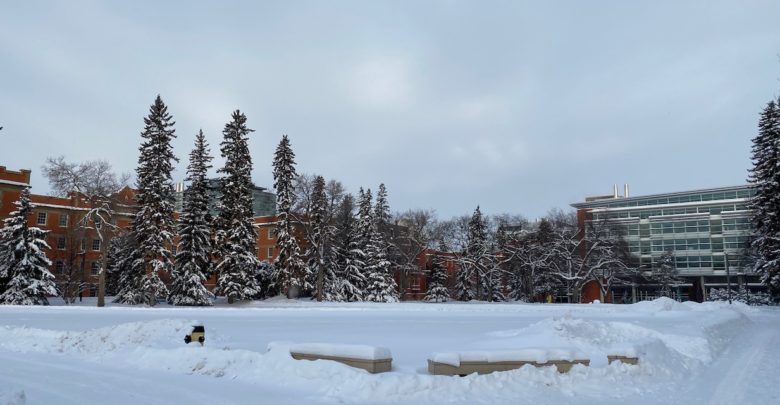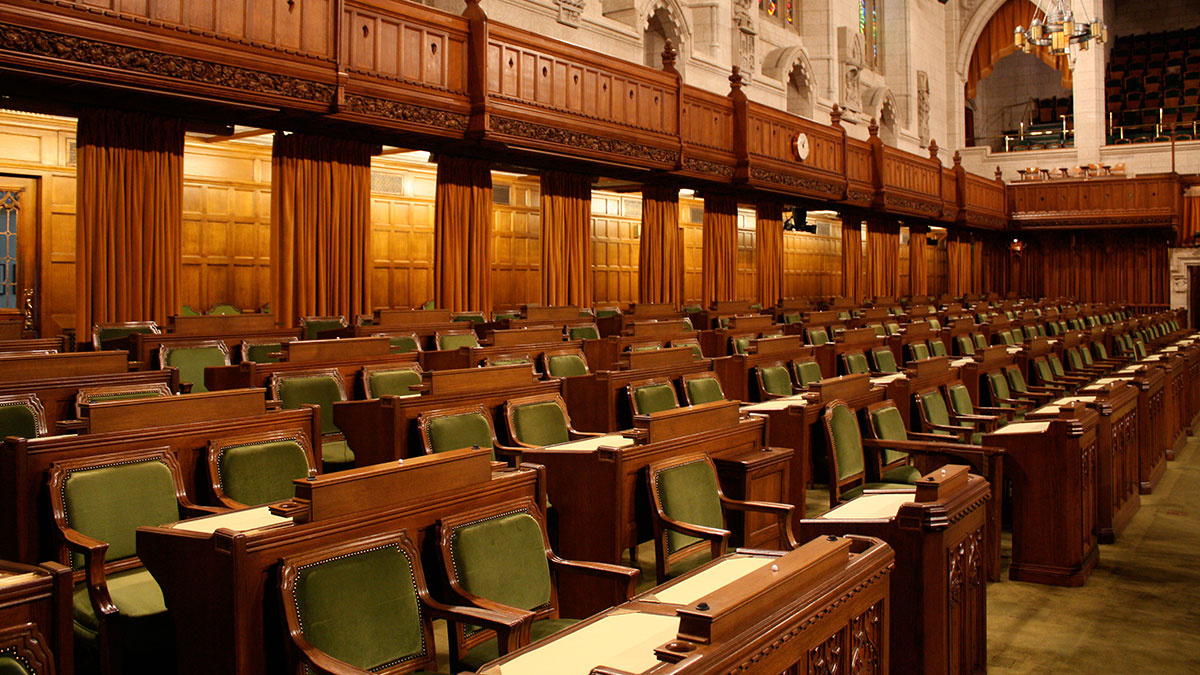 Emily Williams
Emily WilliamsThe cuts to post-secondary are going ahead as planned in 2019 with a notable caveat.
The University of Alberta specifically received a $52 million reduction in our provincial grant. This cut however, will be partially mitigated by a new Alberta at Work plan which will be funding various initiatives including post-secondary enrolment to retrain Albertans, fill labour shortages, and lower the unemployment rate. But make no mistake, this budget is not a huge win for students — particularly for those who study in arts programs.
The investments from the Alberta at Work plan come nowhere near replenishing the $222 million that has been slashed from the University of Alberta’s budget over the past three years. This most recent $52 million cut was completely uncalled for considering the province finished with a significant surplus.
Additionally, while the Alberta at Work investments do help offset some of the cuts that are being dealt to post-secondary education, they do not do so evenly; STEM students may benefit while arts students are left behind.
The Alberta at Work plan is intended to work in conjunction with the Alberta 2030 plan and includes $171 million over three years to work towards enrolment expansion. There will be about 7,000 additional seats in capacity created for areas facing labour shortages and the plan specifically lists industries such as “technology (computer science, information technology and data modelling), finance and financial technology, energy (engineering, etc.), health, and aviation.”
Some of the biggest investments are going to the University of Calgary’s veterinary school, which is receiving $59 million and the University of Alberta’s new Dentistry Pharmacy Building which will receive $56 million.
The plan also includes $15 million worth of grants and bursaries for low-income students — which is great — but it is only for those applying to so-called “high-demand” programs, which is unlikely to include an arts degree.
As far as I can tell, there is nothing big in this budget for arts students.
While there is $8 million for microcredentials and $6 million for work-integrated learning, and these will be applied to a broad range of programs; these just are not that useful to the average arts student. As things currently stand, work-integrated learning is definitely geared towards STEM and business students. Maybe this money can allow the program to overcome these limitations and become more relevant to arts students, but $6 million to post-secondaries across Alberta is unlikely to make this big change and is mere peanuts to the $171 million that is being offered to expand high-demand industries.
The nail in the coffin is the increase of performance-based funding. Performance-based funding is a scheme which ties a percentage of our provincial funding to performance metrics like enrolment and employment upon graduation — this amount is increasing from five to 15 per cent. This system values some students more than others, and it’s hard to say what it will do to smaller departments that may not have high enrolment or high employment upon graduation, like women’s and gender studies for example. These departments still have immense value to our institution and our society, but performance-based funding devalues and threatens them by reducing everything into dollars.
Orienting an entire budget around labour shortages is a bad idea to begin with, but who is to say the provincial government can clearly identify the labour shortages in the first place? We don’t know what jobs are going to be in demand in the coming decade. More than ever, it seems as if our world is going to be needing the skills that an arts degree can provide; we are going to need strong and reliable communicators, political movers and shakers, spiritual teachers, and peace-makers.
The idea that arts degrees do not produce high employment or stimulate the economy is a myth, especially when looking to the future. The provincial government is placing all of their eggs in a select few baskets. While the world is obsessed with all things tech and finance right now, who is to say what skills will be in demand 50 years from now? These so called high-demand programs should be funded, but not at the expense of arts programs.
Skills in writing, critical reasoning, and argumentation are not only essential to our social and political moment, but they are essential for our economy too. While many would call these “soft skills” that are useful in every profession, they are far more important than this label may make them sound.
I have the utmost faith that our society will find the technological and scientific solutions to the problems that face us in the future — look at the rapid development of the COVID-19 vaccines for example. What I am worried about, is how we will address the social unrest that seems to only keep growing worse — look at the trucker convoy protests. To address the social, political, and economic problems of the day, arts degrees are needed now more than ever.
Another problem with this budget and the Alberta at Work program is that they fail to address the labour shortage in the service industry. What would actually help labour shortages in the service industry is an increase to the provincial minimum wage.
It is often students who are working these service industry jobs and while our tuition has increased seven per cent annually for the past three years, the minimum wage has remained stagnant. For young people, life has never been so expensive.
While the budget does have funding for more work opportunities for students, it comes nowhere close to providing the number of jobs that the Summer Temporary Employment Program (STEP) provided, which was slashed in 2019.
While some of the projects in this budget are without a doubt positives for our community, this is only a watered down version of the provincial government’s three year attack on post-secondary education and students in this province. Meanwhile Bill Flanagan, our university president is calling this budget “a turning point” and speaking of the great opportunity it brings — but only to select programs at the university.
Expanding our enrolment with no additional cash flow to sustain our operations will only worsen the dwindling quality of our education. Classes will be larger and taught by sessional instructors with no administrative supports. How are we supposed to sustainably increase enrolment to our university, when we are down 1,000 staff members?
The provincial government carried over a $511 million surplus and did not have to give the University of Alberta a $52 million cut this year.
This cut was not necessary and was seemingly only for brand consistency. While this government is more than happy to devalue and defund universities, they are also turning to them for their plans for economic recovery.
If this budget seems hypocritical that’s because it is.
Not cutting our budget would have helped all faculties at the university and given them some room to breathe. Instead, the province is back on the performance-based funding train and is only willing to invest in the areas it superficially deems valuable. This is not only unfair — it is irresponsible. This budget is not a turning point, but in fact more of the same.




